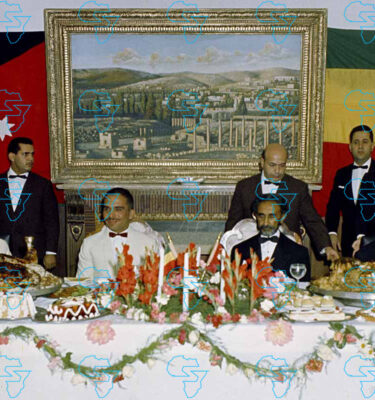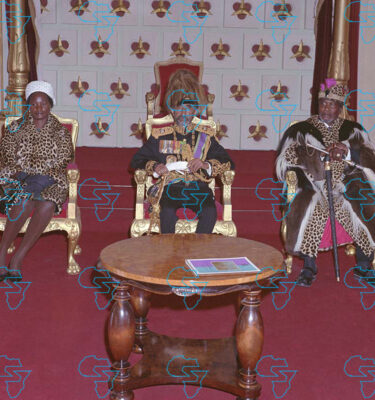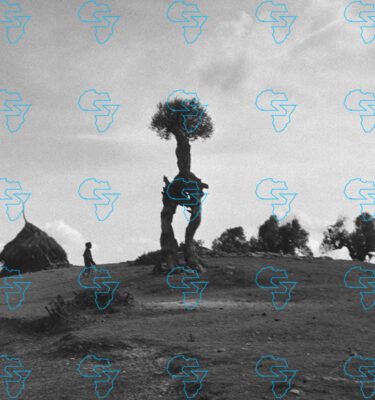
Ethiopian Airlines designated domestic carbon credits buyer
Ethiopia is considering mandatory carbon pricing for incoming international flights as practiced in places like the EU, with government officials planning to use the revenue to finance the country’s green development ambitions.
The scheme is stipulated in the ‘Ethiopian Carbon Market Strategy’ introduced by the Ministry of Planning and Development recently. The strategy is expected to be followed by proclamations and directives.
The mandatory carbon tariffs are “an instrument that can generate significant revenues for Ethiopia without hurting domestic consumers and industries,” reads the strategy.
From The Reporter Magazine
The new strategy also designates Ethiopian Airlines as the primary domestic carbon credits buyer.
“Ethiopian Airlines is a leading international carrier which may participate in the Carbon Offsetting and Reduction Scheme for International Aviation (CORSIA) for operations in participating jurisdictions as well as several other carbon pricing schemes. EA may therefore emerge as a stable buyer of domestic carbon credits which benefit national mitigation projects (e.g. sustainable aviation Fuel, electrified ground transport) that generate credits for internal use or resale,” it reads.
The strategy aims to meet Ethiopia’s Nationally Determined Contributions (NDCs) under the Paris Agreement or to comply under domestic cap-and-trade or carbon tax schemes.
From The Reporter Magazine
The NDC targets a full transition to 100 percent renewable energy, expansion of forest cover to 30 percent, promotion of climate-smart agriculture, electrification of transport, and industrial innovation including carbon capture and storage (CCS).
Estimated investment needs for the NDC-aligned pathway are USD 154 billion over 30 years, with USD 86 billion allocated to mitigation, primarily for power generation, waste management, and transport, according to the Ministry document.
However, there is a substantial financing gap which officials foresee carbon markets partially filling. Other innovative finance tools, such as green bonds and ecosystem service payments, are also on the table.
The Ministry plans to use the strategy until 2035.
“Implementing Ethiopia’s national carbon market strategy relies on a clear and robust institutional framework. Ethiopia will develop a national carbon market law which defines clear roles and responsibilities to each ministry and authority. These responsibilities enable Ethiopia to meet the participation requirements of the Paris Agreement Article 6 rulebook effectively while anchoring the institutional responsibilities and arrangements for carbon markets within Ethiopia’s climate policy architecture,” reads the document.
The strategy will also serve as the contracting authority for all emission reduction purchase agreements (ERPAs) on behalf of the government with international buyers, and bilateral or multilateral partners.
Brokers will facilitate transactions between credit sellers and buyers without taking ownership of the carbon credits, according to the strategy.
They are expected to operate under a transparent and accountable licensing regime to be established by the government, it reads. Officials say brokers will be required to disclose all fees and commissions, uphold fiduciary responsibility, and adhere to ethical conduct standards, including conflict-of-interest and anti-manipulation provisions.
They will also be required to report transaction details to the national carbon registry to ensure transparency and traceability.
The strategy also covers forest sector development and the restoration of degraded landscapes, as well as an initiative for clean transportation and cooking.
.
.
.
#Ethiopia #Weighs #Mandatory #Carbon #Pricing #Incoming #International #Flights
Source link











